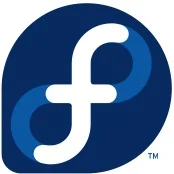Fedora 29 Succeeds At Flicker-Free Boot Experience On Intel Hardware

The premise of the long desired flicker-free boot is to maintain the same resolution/mode-set from the system boot through the desktop loading without any unnecessary mode-set operations or sudden graphics changes in order to provide a smooth boot experience.
With Fedora 29 that's been achieved with preserving the EFI frame-buffer and any initial system PC/motherboard logo all the way until fading to the GDM log-in screen for the desktop. This has required changes so the EFI frame-buffer wouldn't be messed up when the kernel starts, changes to the Plymouth boot handling, hiding the GRUB boot menu, and also making use of the Intel driver's "fastboot" option that eliminates unnecessary mode-set operations.
On current Fedora 29 builds, this isn't entirely by default but requires the "i915.fastboot=1 plymouth.splash-delay=20" kernel parameters to make this smooth boot experience. Red Hat / Fedora is still working with Intel on getting Fastboot enabled by default (older generations of Intel graphics sometimes had problems with Fastboot, so it's been a contentious matter of the years) as well as working on a new Plymouth theme. Hans still needs to look into having Fastboot equivalent support within the Radeon and NVIDIA drivers too.
More details in this blog post.
44 Comments

